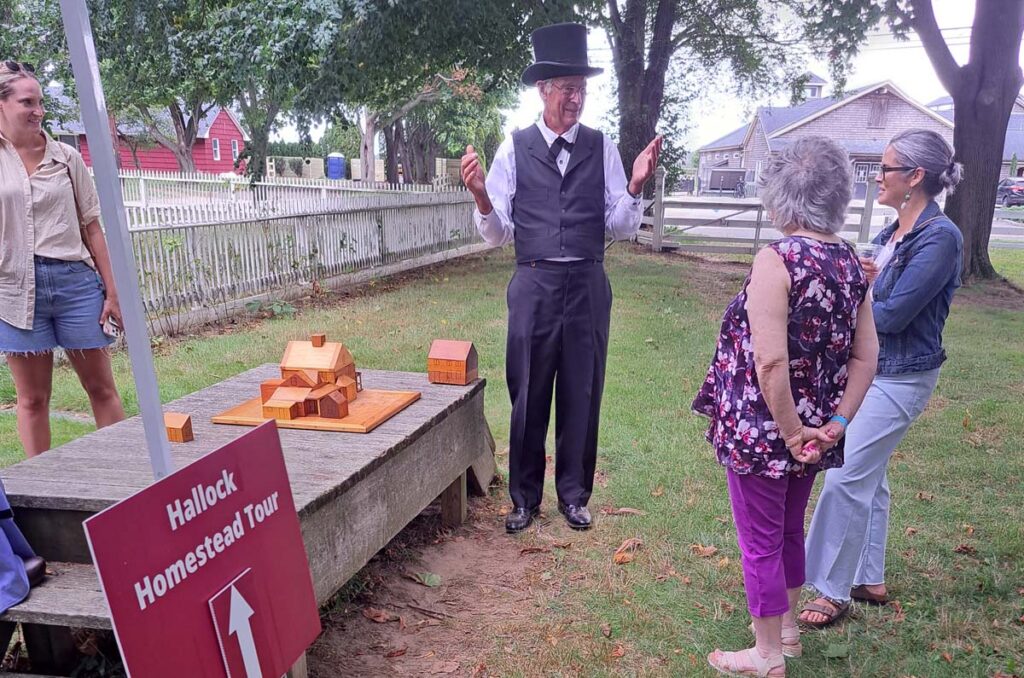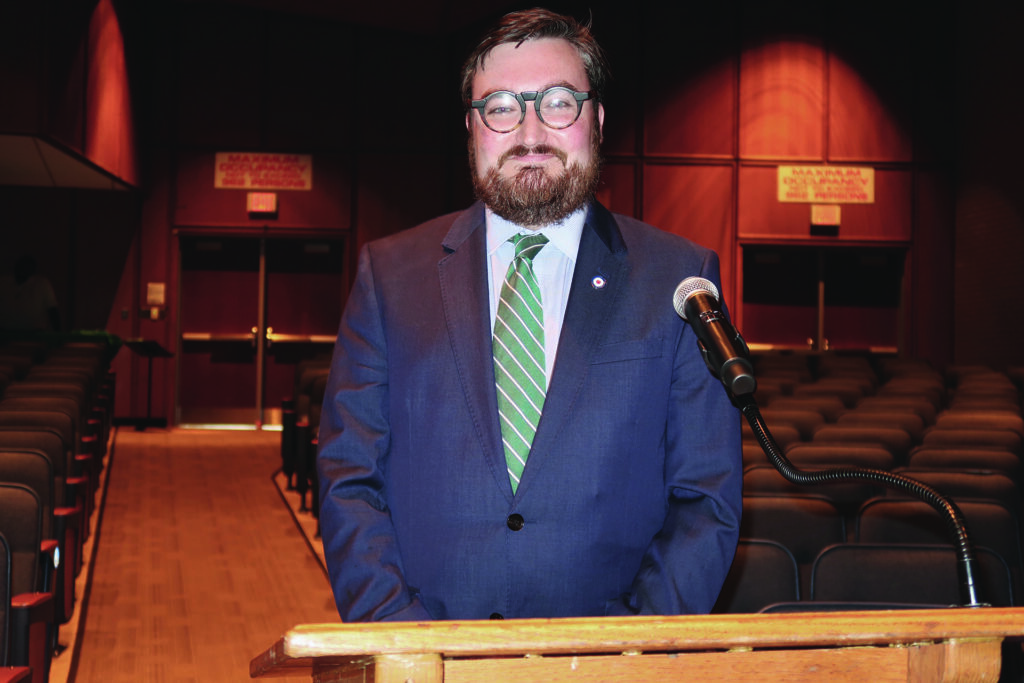Column: The buried past eventually reveals itself

In this column, I have previously written about different aspects of North Fork history. These stories have explored the fate of the Native people who lived here, the Revolution as it played out across the region, the role of local soldiers in the Civil War, the presence of the enslaved in our early homes and on farms and how the past informs the present.
This last theme — and how events in history, even in the recent past, influence current events — is very much an ongoing discussion across the country.
The controversy around The New York Times’ 1619 Project is an example of this. While historians have questioned aspects of that project, which anchored slavery to the foundation of the American experiment, the criticism has gone well beyond the bounds of what is historically accurate.
Politicians across the country who favor an alternate view of American history have demanded that public schools be prohibited from teaching about the 1619 Project. Its principal author has been denied tenure by the University of North Carolina.
Slavery — what it was and how it influenced the making of America — is at the core of this national discussion. What we know locally is that the first enslaved people were brought to the North Fork within a generation after the English first came ashore to claim this land as their own.
Until recently, the history of slavery in Southold Town — which encompassed the entire North Fork until Riverhead was formed in 1792 — was barely an afterthought for local historians, even though some of the most prominent residents owned men, women and children and continued to do so for 150 years. I am not attributing any malevolence to those early town historians. They wrote what they knew and were interested in, about the town and their own family narratives. They were a product of their time, just as we are a product of ours. History, like beauty, is in the eye of the beholder.
In 1940, Southold Town celebrated its 300th anniversary. Contrary to the narrative, this was not a land without people for a people without land. Just the opposite was true. But even in that tricentennial year, slavery was barely discussed.
Another omission was the fate of the Indigenous people who had lived here for thousands of years. They were a people local writers dismissed as having “disappeared.”
The North Fork’s past reveals itself to us in places like the Cutchogue Cemetery, where there is a grave marker for David Hannibal, who was born in 1856 and died in 1936. A mans of Native (likely Montaukett), Black and European ancestry, he worked on local farms and lived out his life in a shack on Fleets Neck, at the edge of a freshwater spring.
Very little is known about him beyond newspaper clippings, some of which are less than flattering, census counts and other records. .
I have also written in this column about a project to broaden the story and deeply research the past and the contribution made by enslaved and Indigenous people. One goal of the project is to tell the stories of people left out of our local histories.
This project — a collaboration involving Riverhead historian Richard Wines, Southold Town historian Amy Folk, researcher and historian Sandi Brewster Walker, writer and researcher Jackie Dinan and me — continues.
Our purpose is to inform, fill in the blanks and expand the scope and accuracy of our history. The names of some 400enslaved people have already been found. Our project has no other purpose than history. We are not judging past historians or writers. Future writers can judge our effort.
Two events broke this week that are worth mentioning in the context of history remembered and history pushed aside. In Tulsa, Okla., residents are now discussing a war declared on its middle-class Black residents in 1921. This was ethnic cleansing. That can’t be disputed.
Hundreds of Black businesses, churches and homes and generations of hard-won accomplishments and wealth were destroyed by an armed white mob; 10,000 were made homeless; and some 300 were murdered, their bodies dumped in mass graves. It now seems almost an eerie American precursor of Kristallnacht, the two nights in Germany in 1938 when state-sanctioned mobs set synagogues ablaze.
A more apt comparison might be the massacre of Lakota men, women and children at Wounded Knee by U.S. soldiers in December 1890, those bodies also buried in a mass grave.
Is justice for the massive crimes of 1921 in Tulsa possible now? If so, what form would it take? Is studying this episode – researching it and teaching it – enough? Can history revealed make amends for the past?
In Canada this past week a mass grave of 213 Indigenous children — some as young as 3 — was discovered at a shuttered Catholic-run residential school where Native children were sent after being separated from their families to have all aspects of their culture erased. This is not old history; the school remained open until 1978.
What was buried in the past eventually reveals itself. The truth, like water, finds its own level. Stories ultimately get told. Our project, and the In Plain Sight Project organized by East Hampton newspaper publisher David Rattray, are meant to focus on the history of slavery on eastern Long Island and to fill in the gaps not addressed by earlier writers.
History fully explored and told is the way free societies protect their most vital institutions. Cast aside the truth of the past, invent an alternate history, and you risk the future of a constitutional republic based on the rule of law. Beyond that is the moral imperative of fairness and respect for the totality of the American story, the good and the bad.








